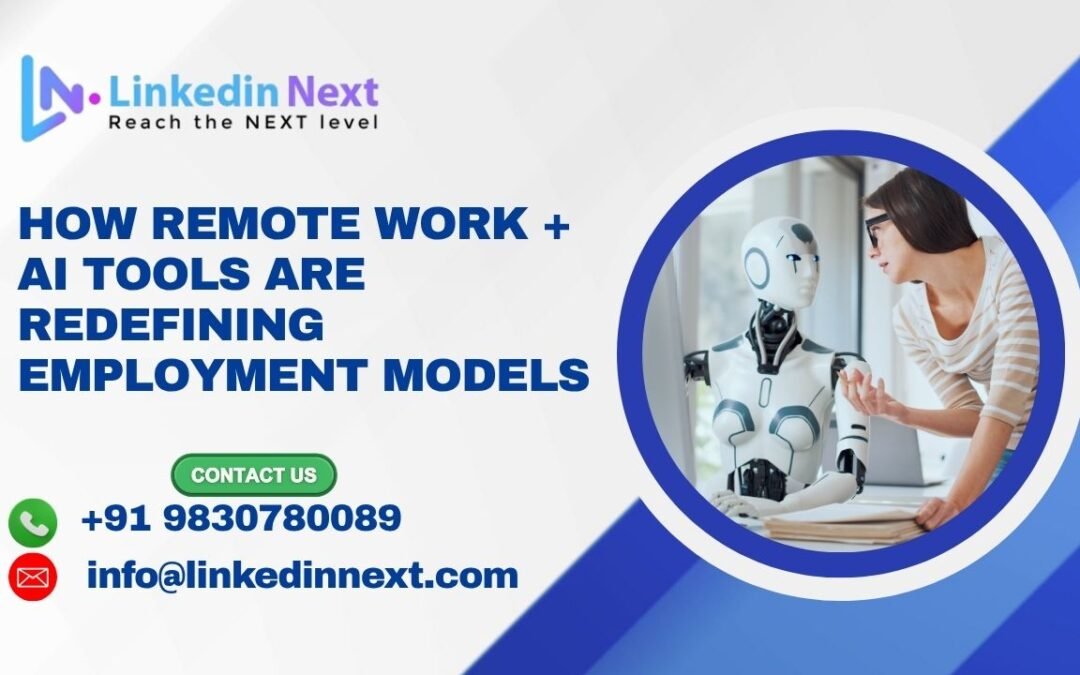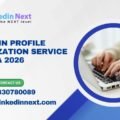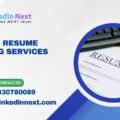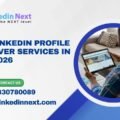How Remote Work + AI Tools Are Redefining Employment Models
How Remote Work + AI Tools Are Redefining Employment Models. The global workforce is undergoing an unprecedented transformation. The fusion of remote work and artificial intelligence (AI) tools has rewritten the rules of employment, shattering traditional office models and redefining productivity, collaboration, and talent management. As we step deeper into 2025, this hybrid era of AI-driven remote work is not just a trend—it is the foundation of the future of employment.
The Rise of AI-Powered Remote Work
When remote work became mainstream in the early 2020s, few predicted how swiftly it would evolve with AI integration. Today, AI tools have become indispensable for managing distributed teams, automating workflows, and maintaining efficiency without geographical boundaries.
Companies now rely on machine learning algorithms, natural language processing, and predictive analytics to streamline everything from project management to employee engagement. Tools like ChatGPT, Notion AI, Jasper, and Microsoft Copilot are revolutionizing content creation, communication, and decision-making.
By merging human creativity with machine intelligence, organizations are achieving a new equilibrium of productivity and innovation—one where location is irrelevant, but skill adaptability and digital fluency are everything.
AI as the New Digital Colleague
In this new employment model, AI acts as both a collaborator and a productivity amplifier. It handles repetitive tasks such as data entry, scheduling, and customer support while enabling employees to focus on higher-value, strategic roles.
For instance:
-
AI chatbots handle customer queries 24/7, improving response times and satisfaction.
-
AI analytics dashboards provide real-time insights, enabling managers to make data-driven decisions.
-
AI writing assistants enhance reports, proposals, and marketing copy at lightning speed.
This automation has led to a flatter organizational structure, reducing the need for middle management layers while empowering individuals to take ownership of projects.
The concept of the “AI-augmented employee” is replacing the traditional worker, where humans and intelligent systems co-create outcomes faster and with higher precision.
The Decentralization of Workplaces
Before AI’s rise, remote work relied heavily on digital communication platforms like Zoom or Slack. Now, AI-enhanced remote ecosystems are turning virtual offices into intelligent digital hubs.
Smart tools can automatically summarize meetings, track project progress, and even detect employee burnout through behavioral analysis. Platforms like Zoom IQ or Slack GPT are examples of how AI is being embedded into collaboration tools to create more human-centric digital workplaces.
This decentralization of work has also reshaped the global talent market. Companies can now hire the best minds from anywhere in the world, relying on AI-driven hiring systems that match candidates based on skills, performance history, and potential—not just proximity.
In 2025, the workplace is no longer a physical location—it’s an AI-curated ecosystem that bridges borders, cultures, and time zones seamlessly.
New Skills, New Opportunities
As automation grows, so does the demand for new skill sets. The employees who thrive in this new AI-powered environment are those who combine technical fluency with emotional intelligence and creativity.
Key in-demand skills include:
-
AI literacy – understanding how to use and optimize AI tools effectively.
-
Critical thinking and adaptability – essential for interpreting machine-generated insights.
-
Digital collaboration – mastering communication and workflow across AI platforms.
-
Human creativity and empathy – areas where AI still lacks genuine human touch.
The shift also creates new job roles such as AI ethicists, automation strategists, prompt engineers, and remote culture consultants—positions that didn’t exist even a few years ago.
Challenges and Ethical Implications
The fusion of AI and remote work isn’t without challenges. Data security, employee surveillance, and bias in AI algorithms remain pressing concerns.
Companies are increasingly using AI to monitor productivity, sometimes blurring the line between efficiency and privacy invasion. Likewise, algorithmic bias in recruitment tools can unintentionally discriminate against candidates.
Organizations must therefore adopt responsible AI policies, ensuring transparency, fairness, and ethical use of data. The future of employment depends not just on technological innovation but also on maintaining trust between humans and machines.
The Hybrid Future: Humans and AI Working in Harmony
The employment models of the future are hybrid by design—not only in where we work but in how we work. Human-AI collaboration will be central to success, blending analytical precision with human intuition.
Forward-thinking companies are already building AI-driven cultures where machines handle the “how,” and humans decide the “why.” These environments nurture innovation, speed, and purpose—all vital for navigating the next decade of work.
Conclusion: A New Era of Work Empowered by AI
The convergence of remote work and artificial intelligence has redefined what it means to be employed in 2025. We’re witnessing a seismic shift—from rigid office hierarchies to flexible, AI-augmented ecosystems that empower employees to achieve more, anywhere.
As AI continues to evolve, so will our understanding of work, collaboration, and human potential. The future belongs not to those who resist change, but to those who adapt, innovate, and lead alongside AI.
In this new digital frontier, the winners will be the organizations that recognize AI not as a replacement for human talent, but as a catalyst for reinvention.
Also read our more BLOG here.
Thank you for read our blog “How Remote Work + AI Tools Are Redefining Employment Models”.
I hope this blog is helpful to you, if you have any question feel free contact us at
Call/WhatsApp: +91.9830780089 || Email: info@linkedinnext.com







Recent Comments